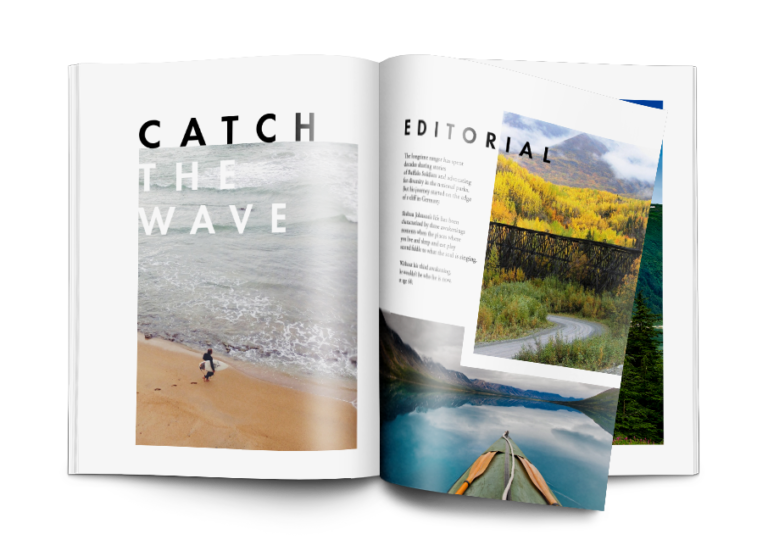Browse and read the latest stuff
Latest Stories
Six Chinese University Students Drown During Mine Visit Tragedy
July 24, 2025• World
Tragic Accident Claims Six University Students During Mine Visit in China Six students from Northeastern University in China tragically...
Read More → Read More: Six Chinese University Students Drown During Mine Visit Tragedy
Pope Urges Summer Moments of Reflection in Vatican Mass
July 21, 2025• World
Pope Urges Summer Moments of Reflection in Vatican Mass Pope Leo XIV encourages Catholics to embrace summer as a time for prayer,...
Read More → Read More: Pope Urges Summer Moments of Reflection in Vatican Mass
Neuroscience Links Psychopathic Traits to Unique Brain Networks
July 21, 2025• Health
Neuroscience Links Psychopathic Traits to Unique Brain Networks Researchers uncover how distinct brain networks and structural changes...
Read More → Read More: Neuroscience Links Psychopathic Traits to Unique Brain Networks
Waypoint Writers Resign Over Removal of Steam Policy Articles
July 21, 2025• Tech
Waypoint Writers Resign Over Removal of Steam Policy Articles Explore the resignation of Waypoint writers following the removal of articles...
Read More → Read More: Waypoint Writers Resign Over Removal of Steam Policy Articles
Editorial Cartoon Satirizes Newsom’s Latest Political Moves
July 21, 2025• Opinions
Editorial Cartoon Satirizes Newsom’s Latest Political Moves Explore how editorial cartoons bring sharp wit and insight into Gavin...
Read More → Read More: Editorial Cartoon Satirizes Newsom’s Latest Political Moves
Max Holloway Keeps UFC BMF Title, Defeats Dustin Poirier in Retirement Fight
July 21, 2025• Sports
Max Holloway Keeps UFC BMF Title, Defeats Dustin Poirier in Retirement Fight Max Holloway retained the UFC BMF title by defeating Dustin...
Read More → Read More: Max Holloway Keeps UFC BMF Title, Defeats Dustin Poirier in Retirement Fight
You have to read this!
Staff's Picks
Mountain West and Pac-12 Face Off in College Football Realignment
July 19, 2025• Sports
Mountain West and Pac-12 Face Off in College Football Realignment Mountain West and Pac-12 conferences intensify their college football realignment battle as multiple schools switch alliances,...
Read More → Read More: Mountain West and Pac-12 Face Off in College Football Realignment
Patriots Rookies and Quarterbacks Report to Training Camp
July 19, 2025• Sports
Patriots Rookies and Quarterbacks Report to Training Camp The New England Patriots’ 2025 training...
Read More → Read More: Patriots Rookies and Quarterbacks Report to Training Camp
Stunning Photos from the World Aquatics Championships in Singapore
July 19, 2025• Sports
Stunning Photos from the World Aquatics Championships in Singapore Experience the drama and beauty...
Read More → Read More: Stunning Photos from the World Aquatics Championships in Singapore
Columbus Crew Unveil “The Heritage Kit” for 30th Season Milestone
July 18, 2025• Sports
Columbus Crew Unveil The Heritage Kit for 30th Season Milestone Celebrate the Columbus Crew’s...
Read More → Read More: Columbus Crew Unveil “The Heritage Kit” for 30th Season Milestone
Sign Up to get print & digital access to the Magazine
Magazine publishes monthly, except for combined issues that count as two, as indicated on issue’s cover.

Explore some trending articles
Interesting World
September 23, 2025• Entertainments
First Teaser for *The Mandalorian & Grogu* Movie Drops
Most Popular Posts
 Ben Johnson’s Obsession with Details Shines at… June 4, 2025
Ben Johnson’s Obsession with Details Shines at… June 4, 2025  Most Stylish People of 2025 (So Far) July 4, 2025
Most Stylish People of 2025 (So Far) July 4, 2025
Visited 1,199 times, 1 visit(s) today

